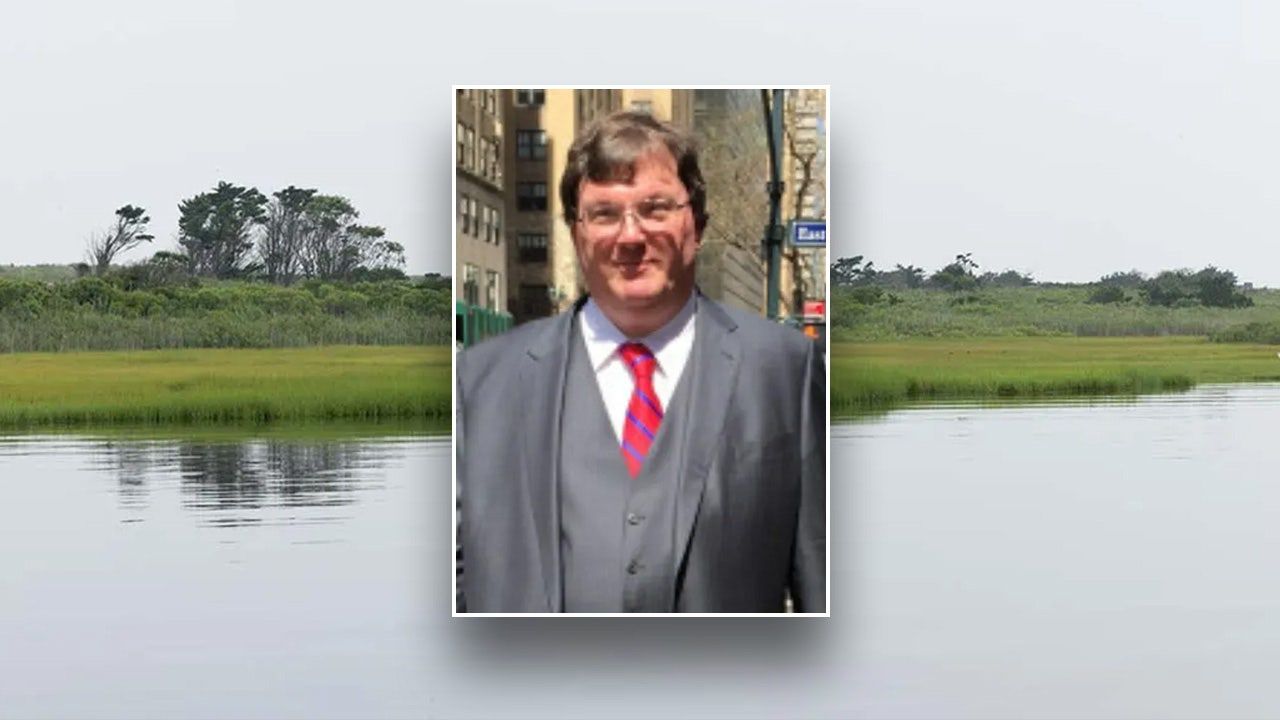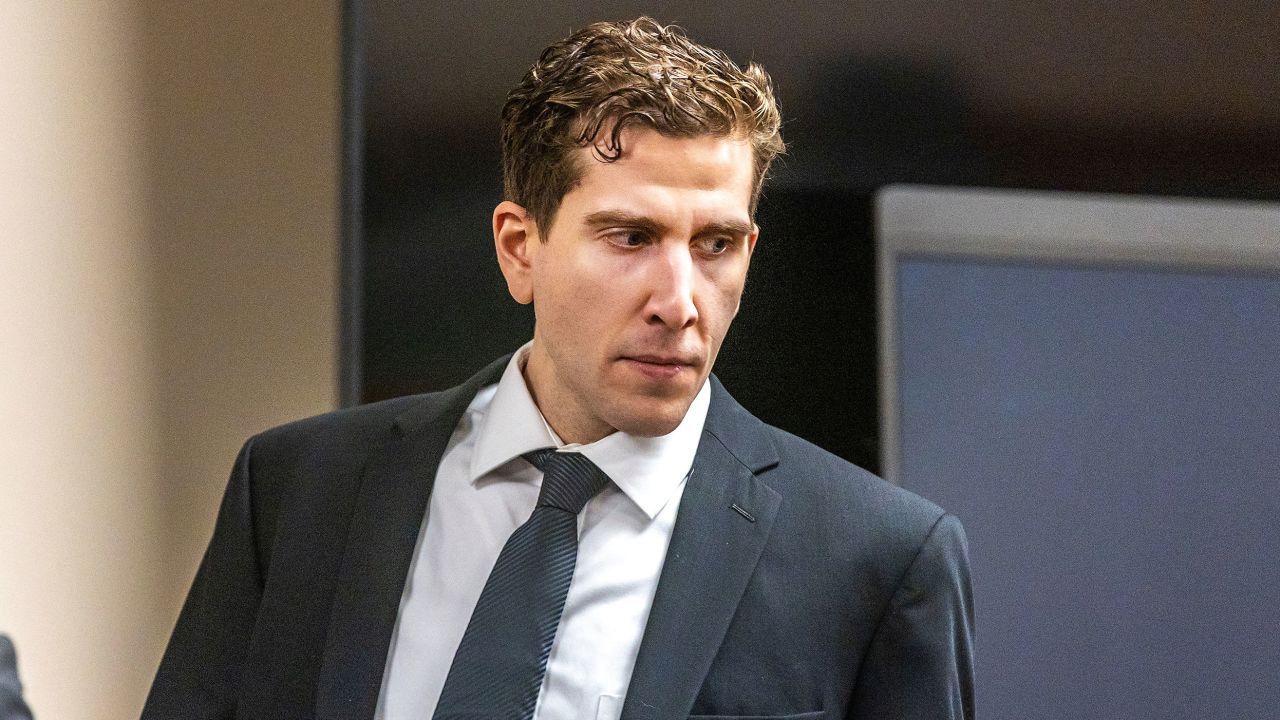Rex Heuermann is suspected of being a serial killer on Long Island, and the prosecution’s case against him is entirely based on copious cellphone data, including burner phones he used to contact victims in an effort to hide his identity.

The New York architect’s attempts to maintain anonymity, however, failed in the face of cutting-edge technology and widespread misconceptions about how easily the devices could be found, experts told Fox News Digital.
“The more you use the phone, the more there’s a pattern and patterns are what catch you,” said Frank Thornton of Blackthorn Digital Forensics.
Heuermann, 59, was detained last Thursday in connection with the deaths of Melissa Barthelemy, 24, Megan Waterman, 22, Amber Costello, 27, and Heuermann, 59, who is accused of using Barthelemy’s mobile to torment her sister.
The married father of two is also the main suspect in the death of 25-year-old Maureen Brainard-Barnes, the fourth victim. All of the small women were ad-listed sex workers on Craigslist.
On a section of New York’s Gilgo Beach, their bound bodies were found two days apart in 2010, but it would take detectives more than 12 years to identify their alleged killer.
Cheap cellphones that don’t require credit checks or identity verification are known as burner phones or track phones.
They are frequently utilised by both those who cannot afford more expensive contracts and criminals to cover up unlawful conduct.
Between July 2007 and September 2010, Heuermann allegedly communicated with each of his victims using a different burner phone before they vanished.
“I think he thought he was anonymous behind a burner phone and didn’t think about things like the repetitious use showing up as a pattern,” Thornton told Fox News Digital.
“It would have been much harder to put any of this together, had he immediately thrown out the burner phones after each use,” he added.
Technology expert Vaibhav Gupta noted that even if a burner phone may not be connected to a specific individual, it still has an identification number and is tracked on a cellular network.
The service provider keeps a record of every call’s specifics. A mobile specifically pings the closest tower depending on the location, signal quality, and other variables. The tower that a mobile is connected to shifts as it moves.
Typically, phone providers keep this information for a few months to a few years.
“People think burner phones are untraceable,” said Micah Sturgis, director of Digital Forensic Services for Barefoot Professional Investigations in North Carolina. “If you open it up over free Wi-Fi at McDonald’s, it’s going to show you at McDonald’s on that date and time, and you’re probably on surveillance.”
Cell site dumps, which have data on all the devices linked to particular cell towers during a time period relevant to the travels of the victims, were collected by detectives after the ladies vanished.
After Brainard-Barnes vanished on July 9, 2007, this information was not obtained.
The victims’ phones, the burner phones, and the towers they were pinging off of were compared by the FBI.
They focused on a portion of Midtown Manhattan and the New York suburb of Massapequa Park, which is located roughly 15 miles north of Gilgo Beach and 40 miles east of the city.
Sturgis argued that in a large city like Manhattan, decreasing the perimeter is essentially worthless. Police were able to preserve the data, but there wasn’t much else they could have done with it.
Suffolk County District Attorney Ray Tierney announced the formation of a new task team, which included the FBI, as soon as he took office in January 2022. This task group was created to investigate the “Gilgo Four.”
The researchers used data they had collected in 2010 to identify a suspect in just over two months.
She used a burner phone to communicate with a man at Massapequa Park the day before Costello vanished.
On September 1st, the client arrived at her West Babylon, Long Island, house for a date, but a man who was acting as Costello’s furious boyfriend barged in. After he had already paid, the alarmed client walked away.
At a press conference announcing the arrest on Friday, Tierney stated that a witness characterised the john’s vehicle as a dark, first-generation Chevrolet Avalanche with a “very unique feature” between the cab and the bed.
The witness added that the man was over 6 feet 4 inches tall, in his mid-40s, and sporting “big oval style 1970s type eyeglasses.”
According to a witness, the same man picked up Costello in the Avalanche the following evening, and she was never heard from again.
A New York State investigator found Heuermann for the first time in January 2022 when they checked a database for that precise car registered to a driver who matched the 2010 description.
He worked in Midtown Manhattan in addition to living in Massapequa Park. When Barthelemy, Waterman, and Costello vanished, his wife was also away. The hints were coming together quickly.
Heuermann’s cellphone’s location information is now gone, but Gupta said any activity that coincided with the initial data dumps was probably still there.
“It’s a massive amount of data analysis that has to be done,” said former FBI agent and criminal profiler Jim Clemente. “Even 10 years ago, it would have taken so many more computers to do what we can do now to sift through data and see patterns that were just all background noise before.”
It turned revealed that Heuermann’s cellphone’s movements, as well as his Amex purchases, frequently coincided with those of the victims and the burner phones.
What’s more, according to prosecutors, “investigators could find no instance where Heuermann was in a separate location from these other cellphones,” they stated in a bail application.
For instance, on the day Barthelemy was last seen alive, July 10, 2009, both Heuermann’s mobile and the burner phone were in Massapequa and made their way to New York City simultaneously.
“Thereafter, both Ms. Barthelemy and Heuermann’s phone travelled eastbound toward Massapequa,” the bail application says.
Authorities claim that Heuermann regularly called and terrorised her family using Barthelemy’s phone; each call pinged off a tower close to his office. Additionally, it is claimed that after they were killed, he checked the voicemails on Barthelemy and Brainard-Barnes’ phones.
Heuermann “took a tremendous risk” by accessing the victims’ phones, according to Clemente, who nevertheless referred to him as a “sexual sadist” who was unable to control his urges.
Heuermann allegedly “got off on causing and observing her misery and anxiety” and reliving his crime” when he allegedly revealed to Barthelemy’s sister what he had done to the young woman.
“It’s similar to an arsonist watching the reaction of the fire department and the flames and having that feeling of power,” he said.
According to him, “it’s comparable to an arsonist watching the fire department’s response and the flames and feeling that sense of power.”
Even as late as June 2023, he allegedly searched up his victims, their families, and the task team that was looking into him.
Maybe he felt the walls close in around him. The item he had read was from 2021 and was headed “In Long Island serial killer investigation, new phone technology may be key to break in case.”


